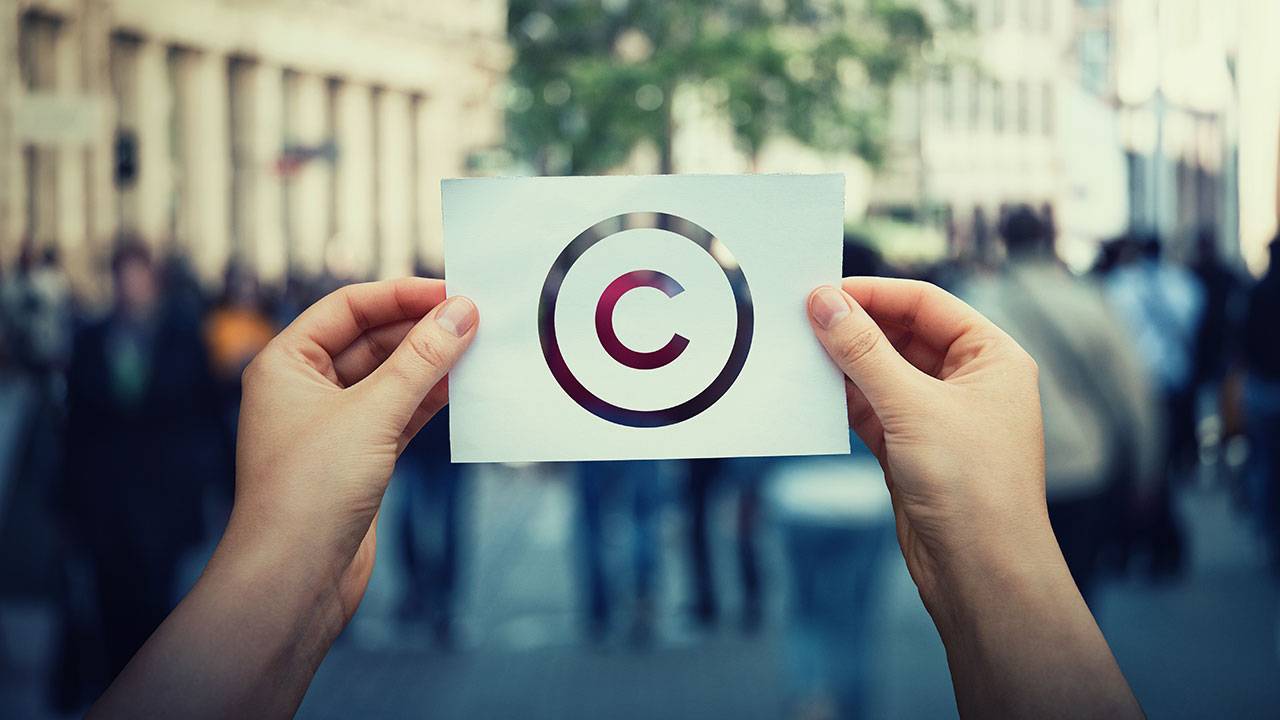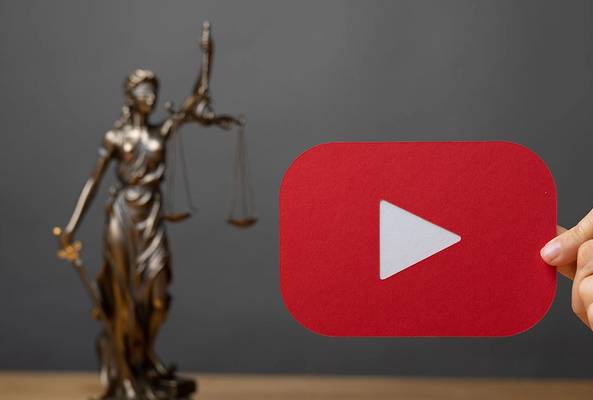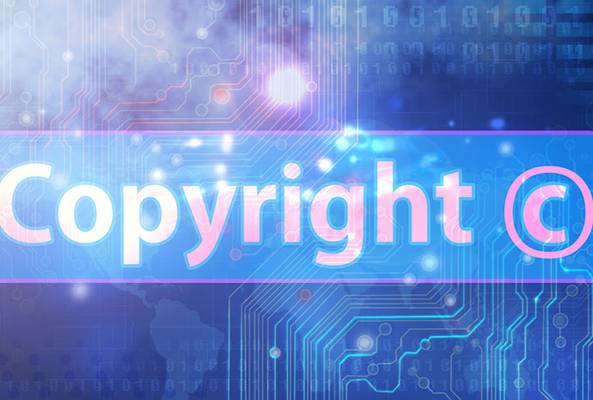Lydia Sweatt is a writer, bookworm, and bass guitar enthusiast. When she goes outside, a bicycle goes with her.
YouTube Automation: How to Avoid Copyright Claims on Faceless Channels

How does a faceless YouTube channel make thousands of dollars using other people’s content? It seems impossible now that YouTube is dishing out copyright notices, and yet, creators are still getting monetized.
Some will say they got lucky, but Noah Morris knows the truth. You have to be extremely careful when starting a YouTube automation channel, especially with copyrighted material. That's because YouTube automation — the process of using AI or freelancers to create, edit, and publish videos — is hard to accomplish without referencing other videos.
If you’re wondering, Who is Noah and how does he know any of this, great question! Noah isn’t a legal expert, but he’s a genius at running automated YouTube channels. In fact, he oversees 20 of them. They pull in six figures each month, so Noah has seen his fair share of claims, disputes, and lawyers.
Read more: The Truth About AI: Can YouTube Automation Ruin Your Channel?
Our goal is to help you avoid any hiccups, so here’s how to dodge copyright claims on a faceless channel.
What Is Copyright?

Before we dive into the deep stuff, let’s cover the basics. A copyright gives the owner of a creative work the exclusive right to use, distribute, and monetize their intellectual property. That could be a song, image, movie, book, TV show, or countless other creations.
How YouTube Handles Content Theft
YouTube doesn’t like creators using copyrighted material in their videos unless they have permission from the owner. If they don’t have permission, YouTube issues a copyright claim when it detects “stolen” content in a video.
Creators can dispute these claims, but a copyright strike is more serious. A strike occurs when a creator notifies YouTube that their content has been used without their permission. The copyright owner can request that the video be removed, or they can choose to monetize it for their benefit. But after three strikes, YouTube can delete your channel permanently — a devastating consequence for any creator.
Read more: Copyright Claims vs. Copyright Strikes: Here's the Difference
The Four Pillars of Copyright
Making automated content is tricky, but it gets easier when you understand copyright law, particularly on YouTube.
When there's a copyright case, U.S. law examines:
- The source of the copyrighted work (movie, TV show, song, etc.)
- How the copyrighted work is used (commercial, non-commercial, educational, etc.)
- The amount of copyrighted material used in a work
- How the copyright holder is affected
Fair Use and Transformative Content
Now that you know what copyright law examines, we can answer the burning question. How do creators make money using other people’s work? This typically happens through fair use and transformative content.
In U.S. copyright law, you can sometimes use small parts of someone else's work for things like reviews, news, teaching, or research without asking for permission or paying the owner. This is called fair use, but it isn't a guaranteed way to make money from YouTube automation.
To fully cover yourself, you should transform the material in a valuable way.
“What does transformative mean? You have to add value to the original copyrighted work. This means educational value. You have to give commentary, a different perspective, a parody, perhaps. That is what transformative means,” Noah says.
How to Dodge Copyright Issues with an Automated Channel
Want to automate your channel in the safest way possible? Keep reading to learn how, or watch the video below for a visual guide!
1. Don’t Just Borrow Clips — Build a Storyline
The simplest way to dodge copyright claims is to tell a story with the clips you've gathered. Bring your educational insight or perspective first, then use copyrighted content to support your views.
“Is the video revolving around you and not the copyrighted content? If the video is revolving around the copyrighted content, that is not adding value,” Noah says.
For example, taking a video from one channel and posting it to another with a few edits isn't fair use. The creator would have to add more value than the copyrighted clip itself.
2. Avoid Content from High-Risk Sources
Some copyrighted content is more risky to use than others. These sources include:
- Sports broadcasts (Formula One, Premiere League, NFL)
- Video licensing agencies (such as ViralHog)
- Movies
- Advertisements
- TV shows
These entities have lawyers and a system for tracking theft, so you’ll get in trouble pretty quickly for using their content.
It's better to use low-risk sources, like bodycam footage, public domain works, news clips, and documentaries used for educational purposes. It’s also safer to find user-generated content, i.e., someone who recorded cellphone footage of a “copyrighted event" (the Super Bowl, for example).
3. Diversify Your Content Sources
Some creators think their videos are more likely to get demonetized if they use several copyrighted clips. But, according to Noah, it’s the other way around. Sourcing a variety of materials, instead of one, is the safest option on YouTube.
“Let's say you want to add stock footage, animations, podcast clips, and news clips; the more different types of footage you use in your YouTube video, the less likely it is for YouTube to detect that copyrighted footage,” Noah says.
4. Use Clips that Are Less Impactful
If you’re going to use a copyrighted clip, make sure it isn't the most important part of the original work. That increases the likelihood of a copyright claim because you’re using the heart of a story — not the supporting pieces. Typically, the heart of the story is significant, impactful, and easy for YouTube or the copyright holder to spot.
For example, it’s a good idea to avoid plot twists that made a movie "famous" overnight. Or a scene that everyone references from a popular TV show. If it's well-known, try to pick something else.
5. Use Shorter Clips
It’s always wise to use shorter clips when it comes to copyrighted material. There’s no set duration to ward off YouTube claims or strikes, but it's harder to detect a three-second clip versus a 10-second one, according to Noah.
Just make sure you aren’t showcasing the heart of another creator’s work, and you’ll have a better success rate.
6. Space Out the Copyrighted Clips
Once you have a bunch of clips to use, try mixing them up as best as you can. Use 10 seconds of someone else's content, then switch to 10 seconds of yourself talking or another piece of original content. Then keep alternating like that for the rest of the video. This makes it harder for YouTube to realize you're using copyrighted content.
7. Ask Yourself: Am I Stealing Attention from the Copyright Holder?
One way to get demonetized is to use someone else's work in a way that outshines them.
A good example of this is using copyrighted clips to make compilation videos on YouTube. These montages rarely offer a new perspective, and they tend to rely on one copyrighted source, which is dangerous in itself.
For example, imagine that you want to create a montage of the funniest scenes in the movie Bring It On. Since Bring It On is a comedy, one could argue that collecting the funniest moments reveals too much of the movie. And what happens if more people decide to watch the compilation rather than buy the film? That hurts the copyright holder and their business, which may lead to a copyright strike.
Automate Your Channel the Right Way
Some creators may feel like automated channels have no place on YouTube. But those channels, for whatever reason, are thriving on YouTube. Why not study them and learn how to automate your content in a safe, monetizable way?
If that sounds like fun, here's a step-by-step guide to building a faceless channel!
Disclaimer: This post is an overview of how copyright works on YouTube. Please consult a lawyer if you need advice on a specific case.


